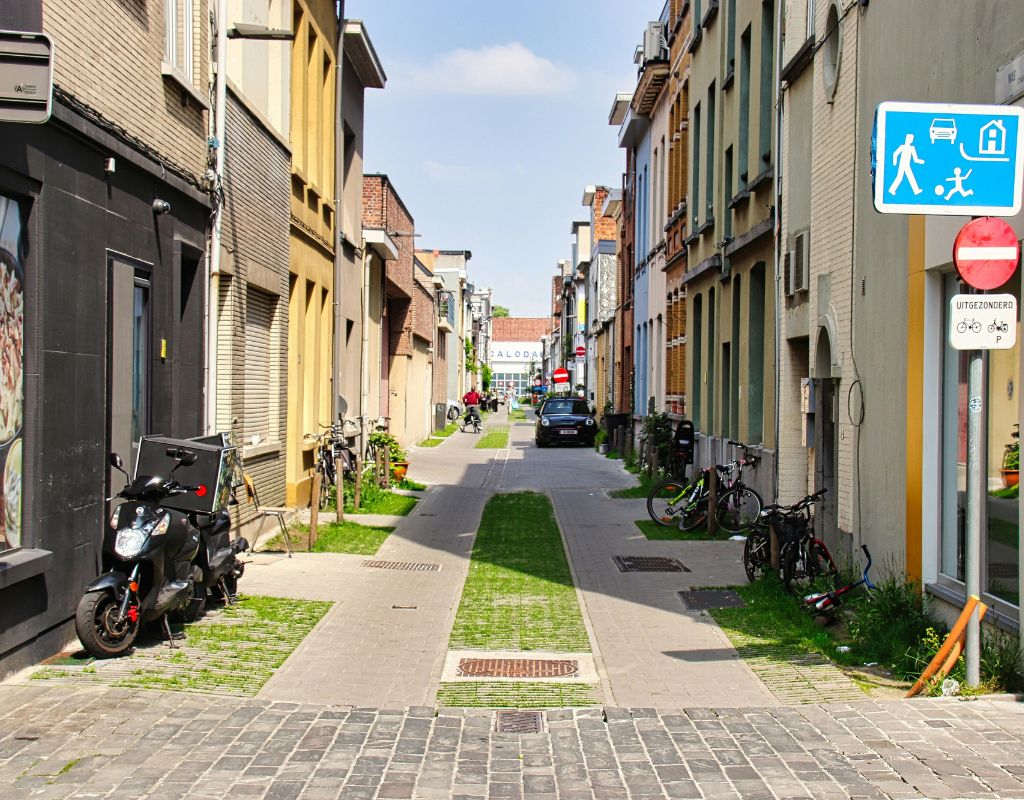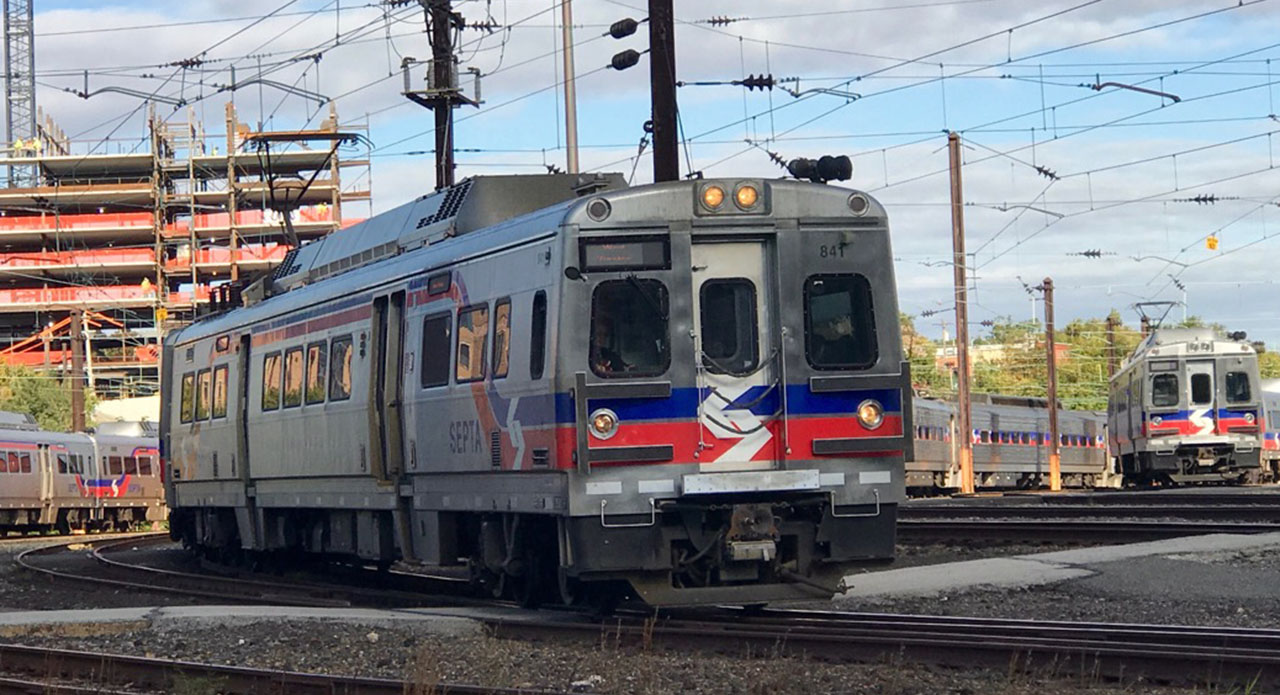While Vice President Biden was giving a candid take on cities' difficulties taking advantage of the economic stimulus, Transportation Secretary Ray LaHood was giving a recovery speech of his own in Chicago -- where he sent a message of transport reform to an audience that might not have expected it.
 Transportation Secretary LaHood, with his boss. (Photo: whitehouse via Flickr)
Transportation Secretary LaHood, with his boss. (Photo: whitehouse via Flickr)The bulk of LaHood's speech focused on the federal effort to jump-start the economy, but he closed with a mission statement of sorts for future policymaking at the U.S. DOT.
LaHood mentioned the importance of setting national targets for the transport system, which has been a central goal of reformers but is absent from the current House version of the long-term infrastructure bill.
He also discussed the need for regional planning that better serves the needs of metro areas instead of top-down transportation decision-making in state capitals.
One aspect of LaHood's message in particular, however, was applicable to everyday drivers and cyclists as well as the Washington lobbying machine. "[W]e don't want to pit one mode of transportation against another," he said.
The relevant portion of his remarks is available in full after the jump. Could it signal the beginning of a more even-handed federal approach to urban transportation needs?
Looking ahead, beyond the [stimulus], I believe it’s time to re-think our federal spending priorities and focus on transportation investments that more effectively meet the needs of our communities.
For many years, federal transportation spending has mainly been driven by rigid formulas and divided by modes of transportation -- with separate funding for each type of need, from highways to subways to ferries. We need to turn this around, so that our priorities and the outcomes people care about -- such as building transit and affordable housing closer together -- drive our investments.
In order for this to happen, we have to change the way we operate. We need to make our national priorities clear -- and then empower state and local jurisdictions and other stakeholders to make them a reality. And we don’t want to pit one mode of transportation against another.
Instead, we’re asking communities to put outcomes first -- and then determine the type of transportation infrastructure that works best to meet those outcomes. We’re hoping and expecting that this will be an effective way to strike a new balance among all forms of transportation.
We also want to allow counties and cities to work together to develop regional plans reflecting both regional and national priorities. Then we’d fund them directly. The fact is, metro areas hold over 80 percent of the U.S. population. They’re major centers of economic activity. And they account for most of the congestion and greenhouse gas emissions.
Empowering metro regions to tackle their transportation and energy problems will move us closer to enjoying cities and suburbs that are cleaner, less congested, and less polluted than many are today. We think all this can be accomplished without sacrificing the important investments that also need to be made in rural towns.
What’s really important isn’t the size of a project or a jurisdiction. It’s whether we can succeed in investing in transportation projects that enhance our quality of life and help us compete economically.





